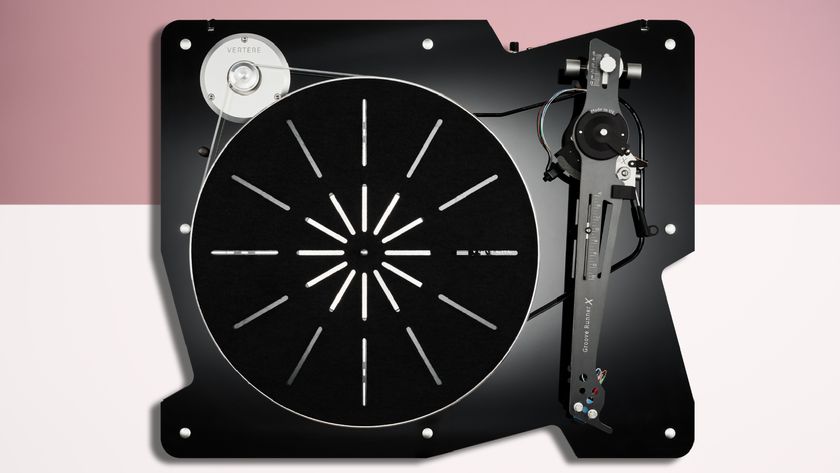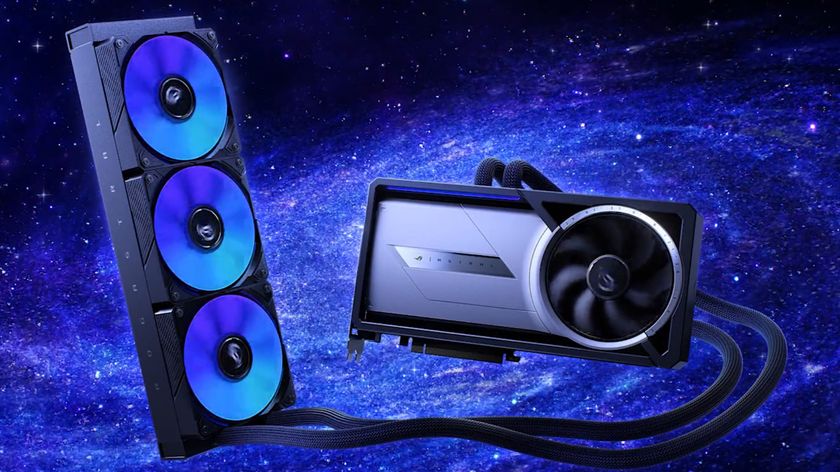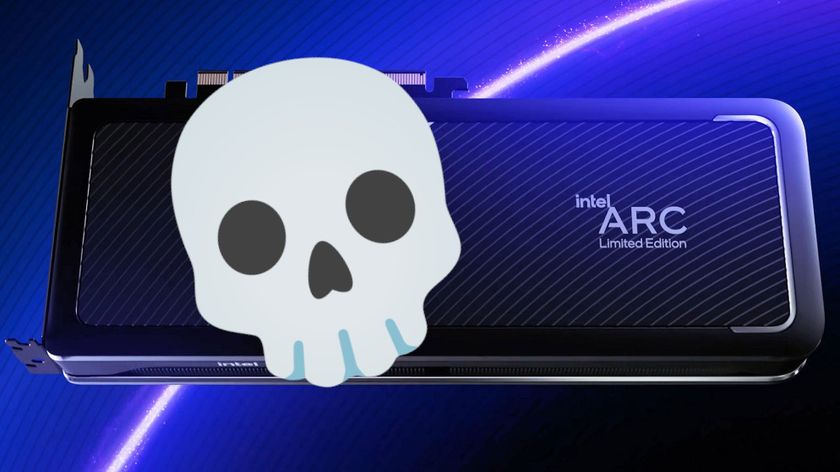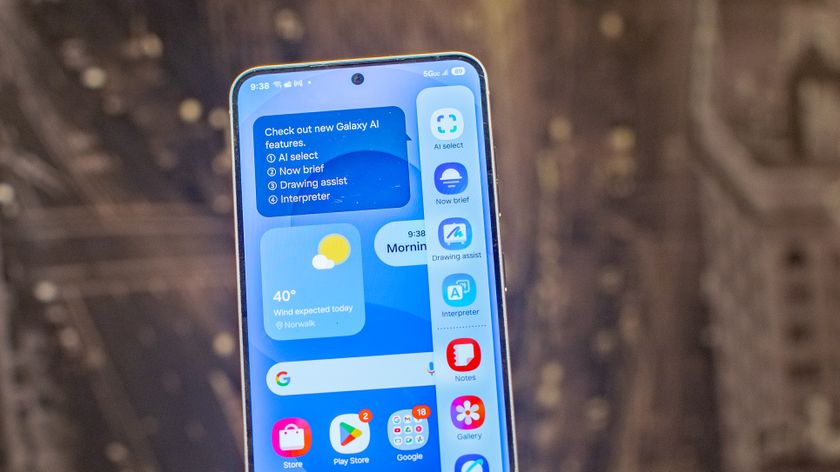Arriving in 1992, it comprised a titchy magneto-optical disc that could hold up to 74-80 minutes worth of music (around the same as a CD), which was then incased in a robust 3.5cm caddy. That made it perfect for portable use, where the alternative was cassette or portable CD players the size of lady’s handbag.
MiniDisc was also ideal for in-car use - you could chuck them around the inside of your motor with few ill effects, making them a good deal more practical than scratch-prone CDs.
MiniDisc had many other benefits too. You could write to it long before CDs became recordable, and you could also record to in a non-linear fashion. So if you suddenly decided you didn’t like track 7 of a mix compilation, you could delete that one track and simply replace it with something else. Trying doing that with even a CD-R - you can’t.
MiniDisc also enabled you to title individual tracks and albums in the days before the Gracenote CD database - info that popped up in a player's display every time you played an individual track or whole disc.
The format’s critics loved to point out, of course, that MiniDisc used a lossy compression codec called Atrac. That meant it offered inferior sound quality to CD, but was obviously better than tape.
The use of Atrac also threw up the spectre of DRM in the form of the Serial Copy Management System (SCMS). This enabled you to record from a CD to a MiniDisc, but you then couldn’t make a copy of that MiniDisc using digital audio connections. Atrac and DRM, of course, lingered in in Sony’s first digital audio Walkmans - you can read them that in 8 Reasons Why You Should Never Buy v1.0.
MiniDisc’s convenient editing features and ‘good enough’ sound quality made it a surprise hit with radio stations and audiophiles alike. Sadly though it wasn’t too last. By 2000 three things were conspiring to consign MiniDisc to the history bin, They were:
Get daily insight, inspiration and deals in your inbox
Sign up for breaking news, reviews, opinion, top tech deals, and more.
- Prices - MiniDisc players were always pretty expensive, especially for third-party licencees. This meant that rival adoptees like Sharp and Kenwood simply couldn’t compete with Sony on price, and were eventually forced out, leaving Sony as the sole hardware supporter.
- Competition from CD-R - Although MiniDisc proved to be popular in Japan and Europe, it was eventually undone by Philips decision to flood the US market with the new CD-R recorders at below-cost prices. MiniDisc never stood a chance.
- MP3 and the iPod - MiniDiscs days were arguably numbered in 1998 when the first MPman and Rio Diamond MP3 players arrived in the UK. By the time the first iPod arrived in 2001, MiniDisc simply looked anachronistic. Why would you want to carry around a bagful of titchy discs and a player, when you could keep all your music in the player? MiniDisc is now effectively dead.
4. Compact Cassette
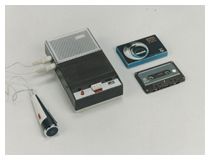
By any ordinary measure, the Philips Compact Cassette simply wouldn’t make it in to this list - the technology is arguably too terrible to justify its inclusion (we’ll expand on this a minute).
The real reason we’re gutted to see it go is the almost total death of the mixtape - that painstaking paean lovers and friends used to share as way of making themselves look good to each other. We’re sorry, but making a CD compilation or sticking up an 'iMix' up on the iTunes Store is not the same...
Making hard choices about the tracks you’d choose from your vinyl collection and which order you’d place them in was exactly what made the cassette mixtape such a labour of love.
As for the technology - first developed in the early 1960s by Philips, the compact cassette really had its heyday in the 1970s and 1980s, first as a replacement for open reel-to-reel tape recorders, and then as the primary means for making mix tapes.
From the start, the compact cassette was really intended for audio dictation use, and was plagued by a limited frequency range, tape hiss on recordings and iffy playback due to wow and flutter.
Nakamichi famously overcame cassette’s shortcomings in the early 1970s, but only by going outside cassette’s accepted audio standards. The arrival of chrome (CrO2) and Metal tapes in the mid-1970s also pushed the limit of what the cassette could do.
Of course without the cassette tape we also wouldn’t have the 1979 invention by Sony of the Walkman portable audio player - the precursor to the iPod and other MP3 players we have today.

